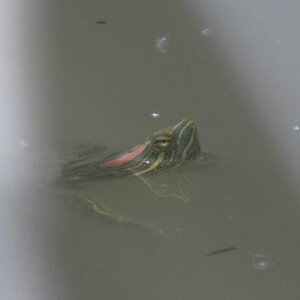carlita
TPF Noob!
okay so stars live for a really freakin long time. and it's not like with dinosaurs and stuff where we've got fossils we can play with so that we can map out a timeline and whatnot.
so how exactly do we know what the real life of a star is like since we can't observe it? i mean, it takes WAAAAAAAAAY too long for anyone to have ever witnessed a change. so sure, we've got lots of stars we can see in all different stages of their lives, but how the hell are we supposed to know which stage comes first and which comes last let alone what order they go in in between that?
i tried to ask my dad about this (an engineer at NASA) and either he didn't understand my question or he just really didn't know. i'd like to thing it was the former because if it's the latter he should be ashamed of himself. :razz:
so how exactly do we know what the real life of a star is like since we can't observe it? i mean, it takes WAAAAAAAAAY too long for anyone to have ever witnessed a change. so sure, we've got lots of stars we can see in all different stages of their lives, but how the hell are we supposed to know which stage comes first and which comes last let alone what order they go in in between that?
i tried to ask my dad about this (an engineer at NASA) and either he didn't understand my question or he just really didn't know. i'd like to thing it was the former because if it's the latter he should be ashamed of himself. :razz:






![[No title]](/data/xfmg/thumbnail/36/36669-32e6602a9741e9fefddbc9dc04bc8e8f.jpg?1619737676)

![[No title]](/data/xfmg/thumbnail/36/36668-ac1cd3882e96edd642d568c48ed3e7a5.jpg?1619737676)






